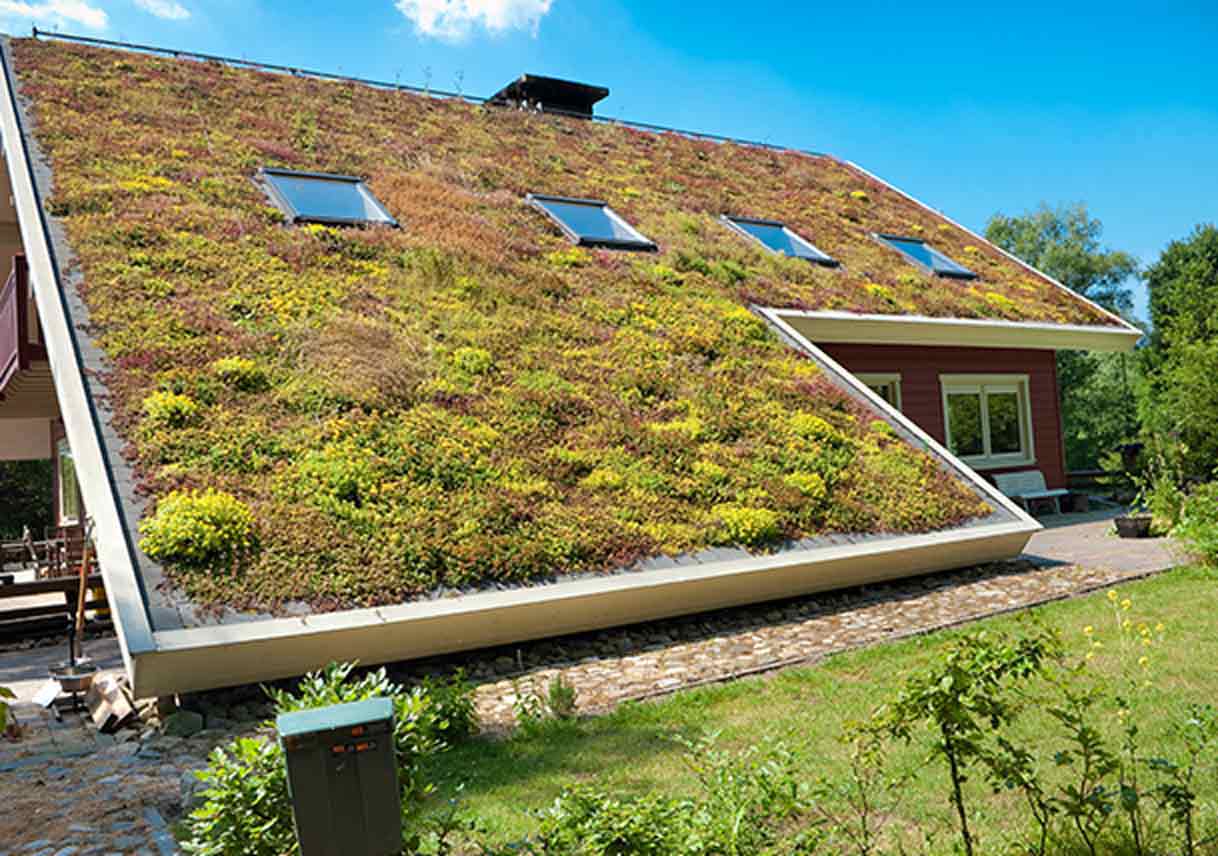From Guest Blogger Diana Smith: How to Improve Green Construction

These improvements sometimes require larger investments, but not always; a lot of the time they just require the companies and the homeowners to change how they see their property and its construction.
Insulation
Insulation is usually the least pleasant part of property construction. It’s difficult to set up and there are often small, but hard to heal injuries related to this job. It’s also among the least green materials out there, but it needs to be used since it drastically reduces the cost of heating.
This is starting to change because there are a lot of new materials that can be used for insulation without being so dangerous for the environment. Insulation can also be made out of the recycled materials or out of cellulose which is easier to handle.
Cool Roofs
One of the most important things to worry about when it comes to green buildings is how to cut down on heating and cooling bills. This is something every household needs to worry about in order to keep the house comfortable and usable.
One of the ways of doing this is to have a green roof. The term refers to the roof on which you’ve planted various green plants. That way, you keep the roof cooler during the summer and warmer during the winter which is the whole point of insulation and, this way, it’s accomplished while replanting the greenery.
Eco-friendly materials
Materials used to build a home are what is the most harmful to the environment. Green materials that will replace them are being invented every day and some of them seem like ideas straight out of a science fiction movie. Others, like concrete, have been around for more than a century.
Concrete is locally produced and easy to assemble which gives it a small carbon footprint. It requires some construction equipment to be assembled, but when it’s over, there’s no need for it to be maintained in any way.
Water management
The biggest trend in eco-friendly construction is to make the home a part of the local environment in which it’s built. This makes the bills for the home smaller and makes the construction simpler and easier to organize. Start by making local resources like water work in your favor.
Water management systems allow you to harvest rainwater using the pipes on your roof. The water is then purified and used to substitute the water you’re using for general purposes in your home. It’s relatively easy to set up and it can be used indefinitely.
Solar panels
Finally, solar panels would be a welcome addition to any modern home. They are much easier to buy and set up than they ever were. These panels can be used to get the house off the grid entirely or they just help you save on energy bills by using the solar panels when there’s a chance for it.
Solar panels are also often subsidized by the government, which means that you need to ask around about the tax cuts that you might get for installing such a panel. It is an initial investment you need to make, but it pays off in the long run.
Green homes are the homes of the future. They are also less expensive than traditional ones and make your home more comfortable. All these reasons make it worthwhile to look into these solutions.

Once again I must mention a drain water heat recovery system to reduce the amount of energy used to heat water. This stops you from literally throwing energy and therefore money right down the drain. This device is inert, has no moving parts, uses no energy and requires no maintainence and will last as long as copper pipe lasts. One should be designed in or retrofitted into any home that wishes to reduce its energy usage. I can provide informationon this and other energy recovery devices.